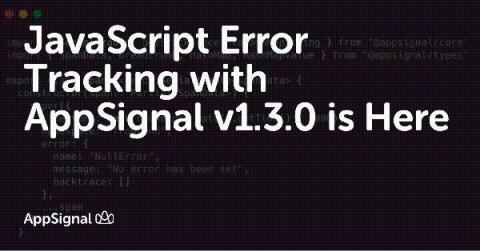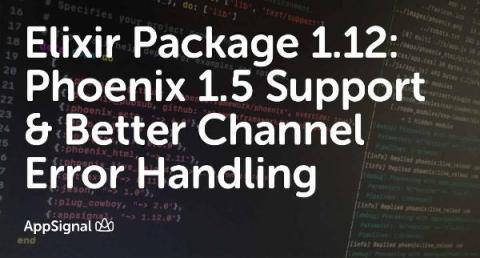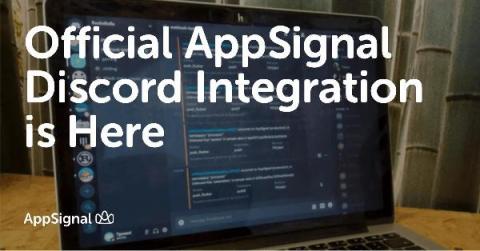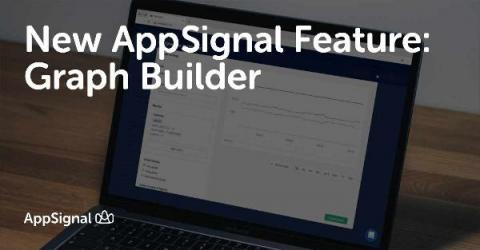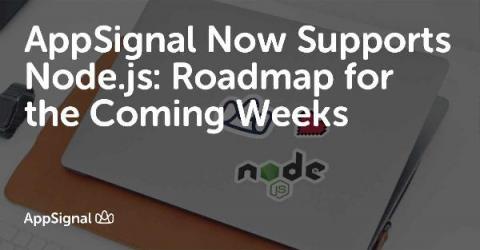JavaScript Error Tracking with AppSignal v1.3.0 is Here
We’re happy to announce that the latest npm package for error tracking of your front-end with AppSignal has just been released. For those of you who aren’t really familiar with our error tracking service, we suggest you to take a deeper look into our docs. This was one of the bigger releases, and it includes many improvements and bug fixes. Here’s what we’ve done.


